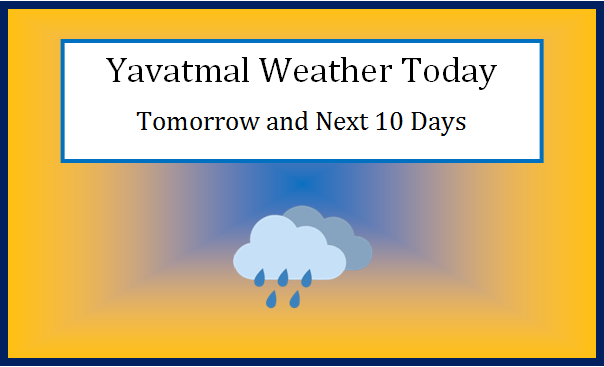Discover the weather forecast for Yavatmal covering tomorrow, today, and the next 10 days. Stay tuned until the end of this article for the latest updates on storms, rainfall, and temperature, as we provide comprehensive details on the upcoming weather conditions.
Yavatmal Weather Tomorrow
Questions:-
-
What is the temperature in Yavatmal today?
Today’s temperature in Yavatmal is given in the chart above.
-
What will be the temperature in Yavatmal tomorrow?
tomorrow’s temperature in Yavatmal is given in the chart above.
-
What is the weather like in Yavatmal today?
Today’s weather in Yavatmal is given in the chart above.
